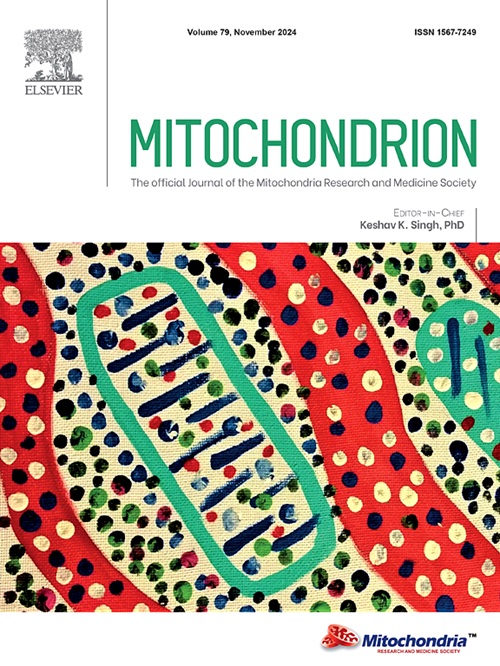外周免疫进展到长COVID与线粒体基因转录相关:一项荟萃分析
IF 4.5
3区 生物学
Q2 CELL BIOLOGY
引用次数: 0
摘要
SARS-CoV-2是导致COVID-19大流行的病毒,已导致全球数百万例长COVID。长期COVID是一种现象,其特征是急性感染后出现持续和衰弱的精神和身体症状。尽管在了解长冠肺炎方面正在进行研究和试验,并取得了相当大的进展,但其确切原因仍然只是部分了解,目前的假设针对的是该病的特定方面。我们对COVID-19大流行期间全球所有高质量的大量RNA-seq研究进行了迄今为止最全面的荟萃分析之一,结果显示Long COVID患者的外周免疫系统线粒体转录物发生了显著变化,Long COVID患者的细胞内病毒RNA水平出乎意料地低。这项包括26项研究和1272名个体的广泛分析表明,来自长冠状病毒患者的单核细胞、PBMC和粒细胞在线粒体基因和相关过程中表现出显着的变化。这些发现可能代表了跨不同数据集的Long COVID的真实转录组学景观,突出了SARS-CoV-2对外周免疫功能的长期影响。结合其他显示线粒体功能障碍的离体和蛋白质组学研究,我们的结果提出了关键的新方向,例如克隆造血和受感染种子细胞的潜在作用。这项工作强调需要进一步研究长冠肺炎患者这些免疫变化和持续症状的机制。这些发现将为定义Long COVID的生物学机制奠定基础,推动外周免疫系统、骨髓和线粒体的研究。本文章由计算机程序翻译,如有差异,请以英文原文为准。
Peripheral immune progression to long COVID is associated with mitochondrial gene transcription: A meta-analysis
SARS-CoV-2, the virus responsible for the COVID-19 pandemic, has led to millions of cases of Long COVID worldwide. Long COVID is a phenomenon characterized by persistent and debilitating mental and physical symptoms following acute infection. Despite ongoing research, trials, and considerable progress in understanding Long COVID, its exact causes remain only partially understood, with current hypotheses addressing specific aspects of the condition. We conducted one of the most comprehensive meta-analyses to date of all quality bulk RNA-seq studies worldwide from the COVID-19 pandemic and show significant mitochondrial transcript changes in the peripheral immune system of people with Long COVID, with unexpectedly low levels of intracellular viral RNA in Long COVID. This extensive analysis, which includes 26 studies and 1,272 individuals, shows that mononuclear cells, PBMC, and granulocytes from Long COVID patients exhibit significant alterations in mitochondrial genes and related processes. These findings likely represent the true transcriptomic landscape of Long COVID across diverse datasets, highlighting the long-lasting impacts of SARS-CoV-2 on peripheral immune function. In combination with other ex vivo and proteomics studies showing mitochondrial dysfunction, our results suggest critical new directions, such as the potential role of clonal hematopoiesis and infected seed cells. This work highlights the need for further investigation into the mechanisms underlying these immune changes and persistent symptoms in people with Long COVID. These findings will serve as a foundation for defining the paradigm underlying the biological mechanisms of Long COVID, driving research into the peripheral immune system, bone marrow, and mitochondria.
求助全文
通过发布文献求助,成功后即可免费获取论文全文。
去求助
来源期刊

Mitochondrion
生物-细胞生物学
CiteScore
9.40
自引率
4.50%
发文量
86
审稿时长
13.6 weeks
期刊介绍:
Mitochondrion is a definitive, high profile, peer-reviewed international research journal. The scope of Mitochondrion is broad, reporting on basic science of mitochondria from all organisms and from basic research to pathology and clinical aspects of mitochondrial diseases. The journal welcomes original contributions from investigators working in diverse sub-disciplines such as evolution, biophysics, biochemistry, molecular and cell biology, genetics, pharmacology, toxicology, forensic science, programmed cell death, aging, cancer and clinical features of mitochondrial diseases.
 求助内容:
求助内容: 应助结果提醒方式:
应助结果提醒方式:


